Content:
In the world of spices and herbs, there are many spices that are little or completely unknown to the Russian people. Walnut herb is one of the many spices that cooks from Dagestan, Georgia, Armenia use with pleasure. Many of them call two completely different plants walnut grass: sut round, or jimdzhilim, and blue fenugreek, or utskho-suneli. Fenugreek has a pungent spicy taste, it is added to many dishes of Caucasian cuisine, but in taste it does not at all resemble a nut, like dried tubers of round nourishment. By right, only round round can be called nut grass.
Nut grass - what is it
Round syt (Cyperus rotundus) is a perennial herb of the sedge family. She has a very well-developed root system in the form of long horizontal tuberous swellings. Single, smooth, triangular stems-straws up to 40 cm in height grow from tubers. At the end of the stems, bisexual inflorescences bloom, similar to an umbrella. The flowers are small and inconspicuous located on the rays of the umbrella, hiding in the axils of small rusty-red scales. Umbrella beams can be of different lengths. At the base of each stem, several narrow, long leaves grow from the root. The plant blooms in June - July. At the end of flowering, it forms one small fruit - a dark gray box, similar to a nut.
There are many other species in the genus Syt. It has about 600 species. Among the most famous species are papyrus (Cyperus papyrus), edible (Cyperus esculentus), bloated sedge (Carex physodes), sandy sedge (Carex arenaria)
Syt papyrus grows in Egypt, Asia Minor and Sicily. For a long time, papyrus paper was made from it, but today this use of papyrus stems is no longer relevant. This large aquatic plant up to 3 meters in height and other types of food is used for decorative weaving of mats and rugs.
The name of edible food, or earth almond, or tiger nut, or chufa, speaks for itself. It is grown as a cultivated plant in many countries. Its tubers are rich in oil and sugar and taste very similar to almonds. Chufa in many countries is an excellent substitute for coffee, so it can be called a universal herb.
For sandy sedge in Holland has found its use. It is sown on dunes to retain sandy soil during strong winds.
Many herbal species of the Sedge family are grown as ornamental plants and are used to decorate artificial reservoirs in the landscape. For example, cotton grass vaginalis has very beautiful silky inflorescences, similar to balls. This gives the plant an elegant look. Lacustrine Scheenoplektus plays the role of a natural filter in artificial reservoirs.
Round black is not a cultivated plant. All over the world, it is called a weed that oppresses rice and cotton crops in the fields. Cyperus grows well on sandy damp river banks, marshes and damp meadows. Its range includes Europe, Asia, Australia and America.
Reproduction
The round root system has unique properties to take root in all directions.In temperate and tropical climates on moist sandy soils, it so quickly captures large areas, displacing other plants, that it is considered a very aggressive plant.
A part of the root system of the satiety grows upward, forming a tuber, from which the aerial part grows. Another part of the roots grows in depth, providing the plant with nutrients, and another part grows horizontally, capturing new territories. The plant spends all its energy reserves on rapid spreading, so its upper part looks very modest and forms few fruit-boxes with seeds.
Useful properties of feeding
Despite its reputation as a weed plant, Stipe Round has found its way into culinary and traditional medicine. Ancient healers used it as an antiseptic in the fight against streptococci, healed bruises and wounds, disinfected drinking water with tubers, and also used it as an aromatic agent.
The chemical composition of the common feed:
- essential oils, which make up only 0.5%, but are very distinguishable in taste and smell;
- terpenoids;
- flavonoids;
- fatty acids (glycerin, linoleic, linolenic and oleic acids);
- sexviterpenes, in particular rotundon, are responsible for the peppery note in aroma and taste;
- vitamin C;
- wax.
Today, scientific research is being carried out on the beneficial properties of round feed:
- Scientists have found that feed greens have repellent properties.
- It is effective to use the essential oil from feed in the fight against various bacterial and fungal strains, including Pseudomonas aeruginosa, Escherichia coli and hay bacillus.
- The water extract of the satiety tubers helps with intestinal upset.
- The alcoholic extract relieves cramps.
- The feed can be used for antiplatelet therapy.
Round cheese has found great application in the cooking of the countries of the Caucasus region. Dry tubers of the plant are crushed and added as a seasoning to various national dishes, such as puff khinkal, basturma, or when baking bread.
Diseases and pests
Jimjilim herb is very resistant to various fungal diseases and viruses. All problems in the growth and development of a plant arise from a lack of light and moisture.
Signs of a diseased plant can be:
- If new stems are not growing, the feed does not receive enough light.
- If the leaves turn yellow and become lethargic, then this is a clear sign of a lack of moisture.
- If white spots appear on the leaves, then the plant is affected by a spider mite.
Aphids, whiteflies, scale insects, thrips or mealybugs can also overcome the round black. To combat them, you can use chemical preparations in a strict dosage or make an aqueous solution of laundry soap and thoroughly rinse the leaves and stems of the plant. After 14 days, the procedure must be repeated.
Collection and procurement
To make dry seasoning from round feed, the tubers of the plant are used. Any time is suitable for the procurement of raw materials. The tubers are dug up, the soil is shaken off, the aboveground part is removed and thoroughly washed in running water several times.
Further, the raw materials are laid out under a canopy on a cloth or paper mat. The place should be well ventilated. It is best to collect raw materials in the summer, when the air temperature is high, and you can harvest walnut grass in the open air at no special cost.
After prolonged drying, the tubers are folded into canvas bags and stored in a dry, dark place. Shelf life is no more than two years. As needed, dry tubers are removed and ground, then used for cooking or for medicinal purposes.

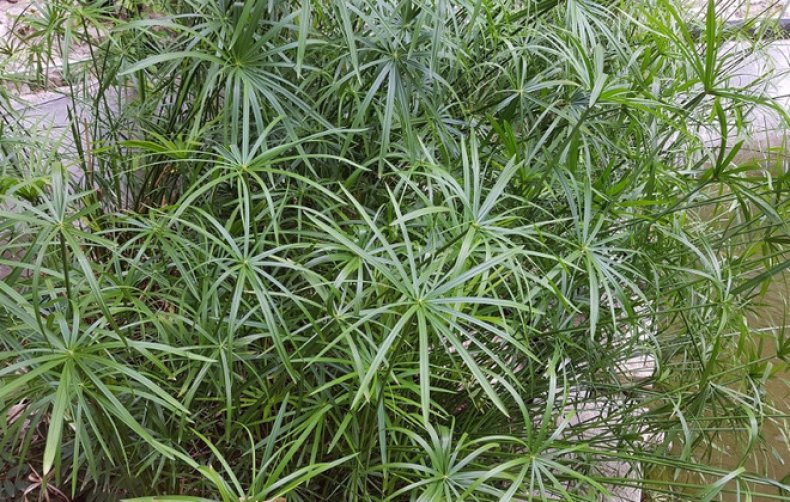
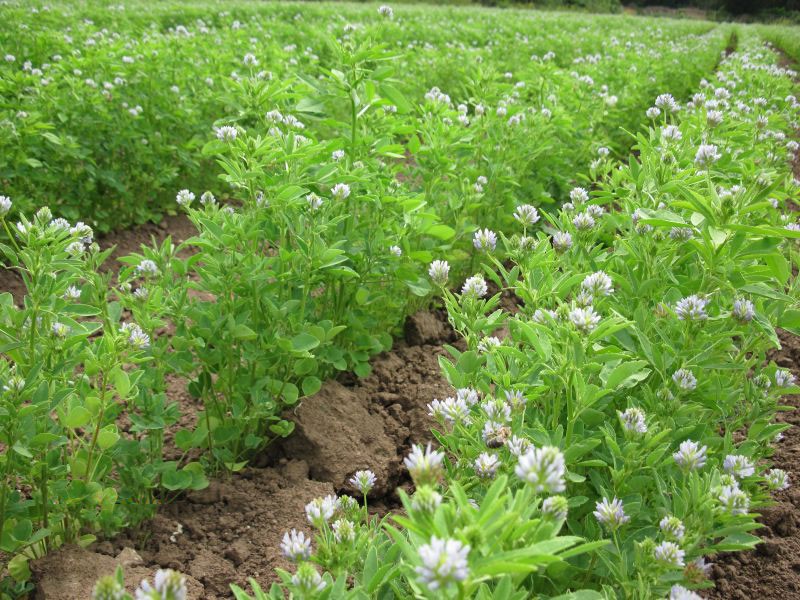
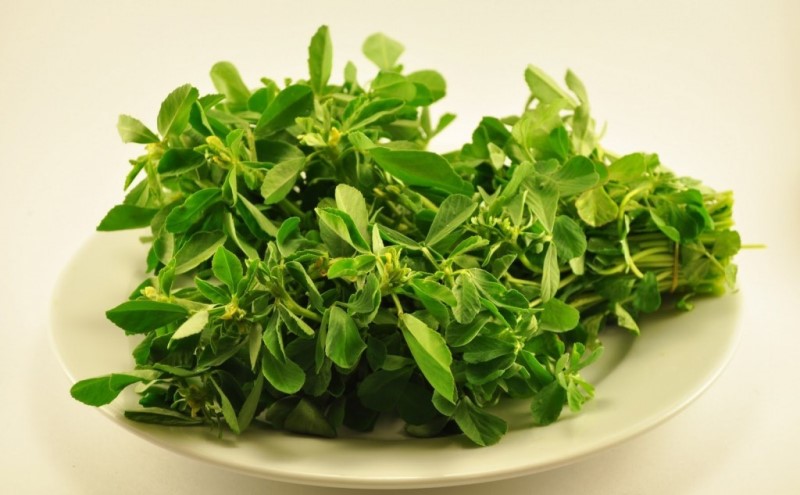
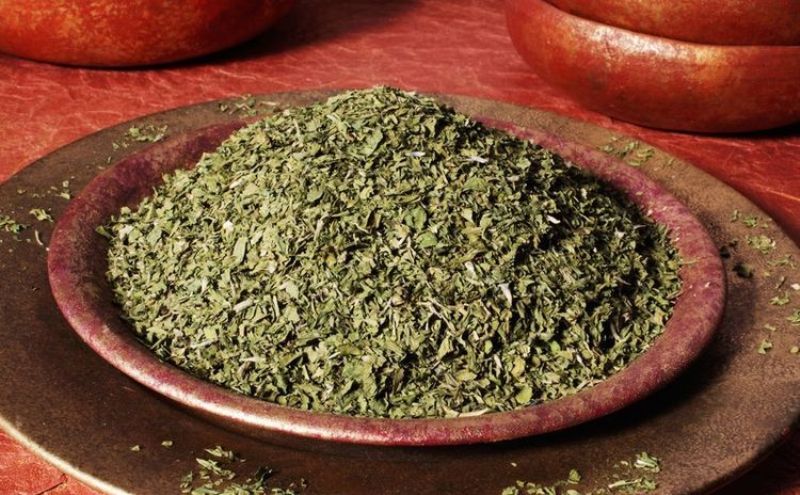
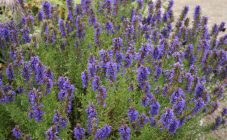
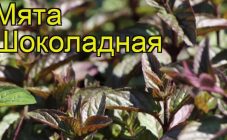

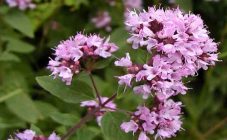
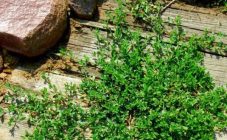
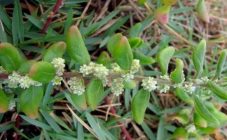







On three of four photos of plants in the ground, you do not have enough fenugreek. How is it possible to publish an article on herbs without understanding how sedges differ from legumes? And how can you talk about tubers (chufa, sati), illustrating them with dried foliage? And fenugreek, too, does not use foliage as a seasoning, but beans. Understand, please, with the illustrations, in the network of photos of chufa dofig, including tubers, do not mislead those who do not know, and do not alienate those who know with such errors. The article is good, I think the author does not know how it was illustrated, it is a shame for him.